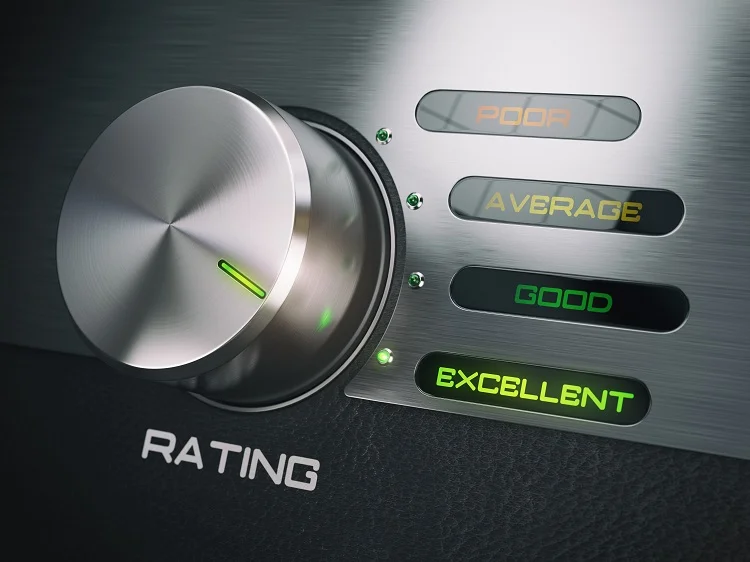Where are the inefficiencies?
Once the process model is revealed, performance analysis
techniques help people detect the bottlenecks in the organization.
What is Performance Analysis?
What to analyze?
The performance of a process or organization can be defined in different ways. Typically, three dimensions of performance are identified: time, cost, and quality. For each of these performance dimensions, different Key Performance Indicators (KPIs) can be defined.

Time Dimension
- The lead time (also referred to as flow time) is the total time from the creation of the case to the completion of the case.
- The service time is the time worked on a case. The service time per activity can be measured. In the case of concurrency, the overall service time may be longer than the lead time.
- The waiting time is the time a case is waiting for a resource to become available.
- The synchronization time is the time an activity is not yet fully enabled and waiting for an external trigger or another parallel branch.
Cost Dimension
Performance indicators can also be defined for the cost dimension.
The costs of executing an activity may be fixed or depend on the
type of resource used, its utilization, or the duration of the
activity. Resource costs may depend on the utilization of
resources. A key performance indicator in most processes is the
average utilization of resources over a given period.


Quality Dimension
The quality dimension typically focuses on the “product” or
“service” delivered to the customer. Like costs, this can be
measured in different ways. One example is customer satisfaction
measured through questionnaires. Another example is the average
number of complaints per case or the number of product defects.